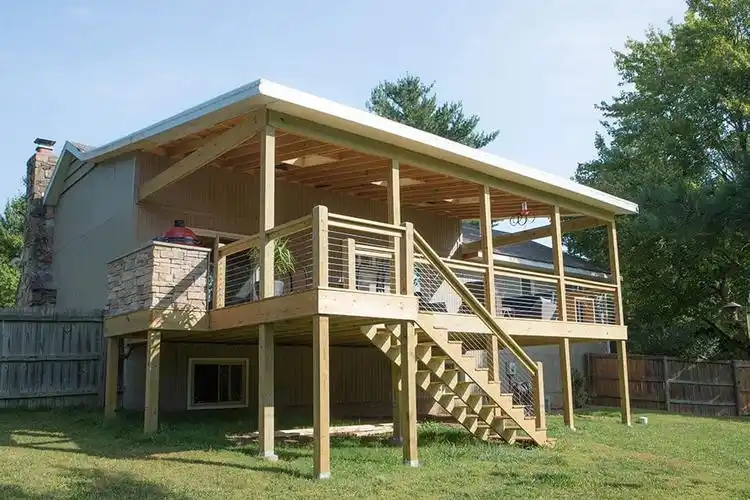Embracing Tradition: The Art of Traditional Home Remodeling
Traditional home remodeling combines time-honored design principles with modern functionality. This article explores key elements, styles, and tips for creating a harmonious and beautiful living space that honors tradition while meeting contemporary needs.
Introduction to Traditional Home Remodeling
Traditional home remodeling is a nuanced process that seeks to preserve the historical integrity of a home while enhancing its functionality and aesthetics. Emphasizing time-honored design elements, this style combines craftsmanship, durability, and a sense of culture. Whether you are renovating an old family home or a historical property, understanding the principles of traditional remodeling is essential.
Understanding Traditional Design Elements
Incorporating classic design elements is the backbone of traditional remodeling. Architectural features such as crown molding, wainscoting, and built-in shelving enhance the home's character. Color schemes typically include rich, muted tones, paired with natural materials like wood, stone, and brick. Understanding these elements allows homeowners to create a cohesive design that respects the past.
Popular Traditional Home Styles
Several popular architectural styles define traditional homes, including Colonial, Victorian, and Craftsman. Each style has unique characteristics that influence remodeling decisions. Colonial homes often feature symmetry and classic proportions, while Victorian homes are known for their decorative trim and intricate details. Understanding these styles helps in maintaining the home’s historical authenticity.
Integrating Modern Functionality
While maintaining traditional aesthetics is crucial, integrating modern functionalities is equally important. Kitchens and bathrooms are key areas of focus for modernization in traditional homes. Open floor plans, energy-efficient appliances, and updated plumbing can provide convenience while retaining charm. Finding a balance between old and new is vital for a successful remodel.
Choosing the Right Materials
The use of authentic materials is fundamental in traditional home remodeling. Natural materials like hardwood floors, stone countertops, and brick facades not only enhance aesthetic appeal but also ensure longevity. When sourcing materials, it’s essential to seek local suppliers who can provide quality options that blend seamlessly with the home’s traditional elements.
Floor Plan Considerations
Traditional homes often come with defined spaces; however, modern living trends favor open and flowing floor plans. Achieving a balance may involve careful planning, such as creating arches or half-walls that maintain flow without sacrificing character. Consulting with an architect or designer familiar with traditional designs can yield innovative solutions that honor the home's heritage.
Preserving Historical Features
One of the greatest joys in traditional home remodeling is preserving historical features. Original windows, doors, moldings, and staircases can often be restored rather than replaced. This not only maintains the home’s uniqueness but also contributes to its historical value. Careful restoration can often be less costly than replacement and is a sustainable choice.
The Importance of Landscaping
Landscaping plays a crucial role in traditional homes, emphasizing harmonious connections between the interior and exterior spaces. Traditional gardens often include well-planned flower beds, hedges, and walkways made of natural stone or brick. Incorporating native plants can enhance curb appeal, promote sustainability, and keep maintenance manageable.
Working with Professionals
Successfully remodeling a home in a traditional style often benefits from professional guidance. Architects, designers, and contractors who specialize in traditional designs can provide insights and recommendations based on their experience. Collaborating with professionals helps ensure adherence to local codes and permits while bringing the homeowner’s vision to fruition.
Budgeting for Your Traditional Remodel
Establishing a realistic budget is critical for any remodeling project. Traditional remodels can vary greatly in cost based on the extent of renovations and the materials used. Homeowners should prepare detailed lists of desired features, prioritize changes, and be ready for unexpected expenses. Setting aside contingencies can alleviate stress during the remodeling process.
Conclusion: Embracing a Classic Legacy
Traditional home remodeling is more than just a renovation; it’s about embracing and preserving a legacy. Balancing historical integrity with modern needs creates a space that is not only beautiful and functional but also rich with stories. By understanding the principles of traditional remodeling, homeowners can create a living environment that reflects their history while adapting to contemporary life.
